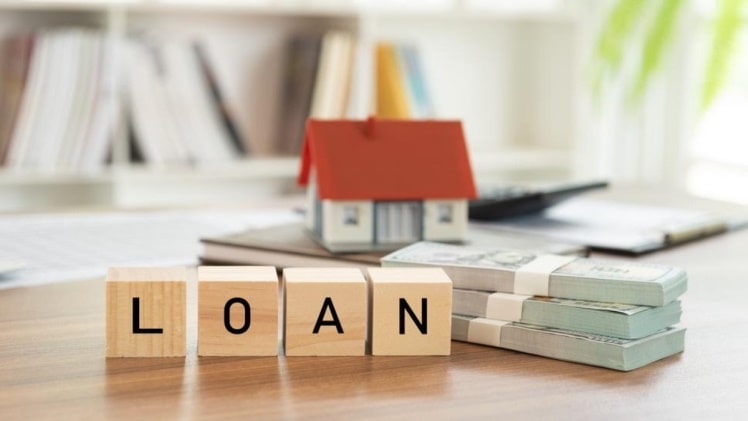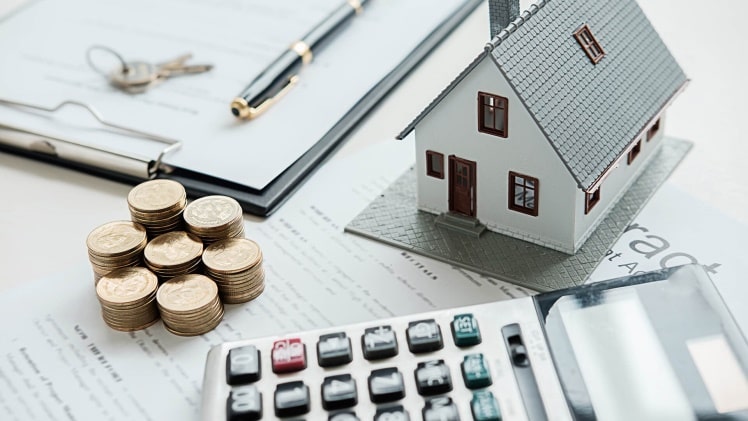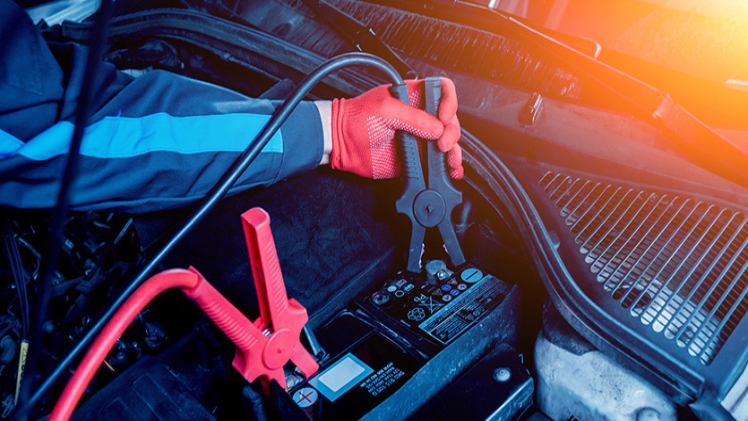Housing is one of the basic needs of every human being. Sadly, this is one need that most people need help meeting. It is by far easier to rent a house than to own one but we all know that the ideal thing is for one to own their house outright. So how does one go about owning a house?
One of the most common ways of getting a house is by taking out a mortgage. Although a number of people may be averse to or afraid of being in debt, it seems that’s the most feasible way of raising funds for a house.
Sometimes, one may have a house but fall upon hard times or have emergency situations that need money, the house can be used as collateral for loan. You can get money based on the equity of the house
Truth be told, taking out credit facilities has become a part of our reality in modern times. There are different types of loans and they can either be secured and unsecured. The secured ones known as lån med sikkerhet (loan with security) in Norwegian are those that are backed by collateral while the unsecured ones are those that are not backed by collateral.
In this article, we will focus on getting loans using your house as security. Stay with us as we explain the basics of this type of loan.
What Is Loan With Security In Housing?
This just means borrowing money with your house as the collateral. This can either be as refinancing or a fresh loan. If you want to take out a large sum of money, the bank/ lender would usually require collateral. Your house can serve as security if the value of the house is the same or higher than the amount of money you need.
For refinance mortgage, it means that you have not finished paying off the mortgage on your home but you need fund to sort out some issues. In this case, you take out a 2nd loan based on the equity of your home.
We will explain how to protect your home if you want to use it as collateral for a loan.

How To Protect Your Home And The Equity On It
When looking to take a loan with your home as the security, there are things you should know and steps to take to be sure that your home is safe and also the equity on it.
The first thing you have to do is shop around for the best option as far as creditors and loan amount is concerned. Visit as many banks and financial institutions as possible and talk with them and then compare all the answers you get before making a choice. The following are issues to have clarity on:-
The Annual Percentage Rate
Abbreviated as APR, this is one factor that you must of necessity know and compare before you settle on any lender. This encompasses the interest rates, the points (a point is the fee that is equal to 1% of the total amount of the loan), the fees of the mortgage broker and other charges to be paid to the lender that’s known as the yearly rate.
The lower the APR then the lower the total cost of the loan will be. Also find out whether the APR is adjustable or fixed. If it is adjustable, find out by how much and how often. Check out this site for all about APR: https://corporatefinanceinstitute.com/
Fees and Points
Find out all the fees you’ll be charged and also all about the points. Sometimes these charges are not refunded if you pay off the debt early or refinance the loan. In some cases, you have to pay more points if you refinance. Usually, points are paid at closing and in cash but can also be financed.
If you choose to finance the point, you will have to pay extra interest and this will increase the final cost of the loan.
Terms
This is also an important point to know and note. Find out the duration of the loan. If you want to use the home equity for the consolidation of debts on credit cards or some other credits that are short term, you may to have to extend the payment for them.
Monthly Payment
How much do you have to pay every month? Will it be fixed or will it change? Find out whether the monthly payment is inclusive of escrow for insurance and taxes. If they are not included in the payment, know that you will have to pay for them separately.

Balloon Payment
A Balloon payment is a lump sum that’s usually due to be paid at the end of a loan term; that is after a number of smaller monthly payments. Know that you must have the balloon payment as soon as it is due. If you are unable to pay it, you may have to take out another loan which will also entail points, new closing costs/charges and fees.
Penalties For Prepayment
These are additional fees that you may have to pay if you decide to clear the loan earlier either by selling the property or refinancing. These fees can force a borrower to continue with a loan that has high rates because they make it costly for them to get out of the loan.
Find out whether the loan has prepayment penalties and how much they are. Negotiate for a credit facility without these prepayment penalties; find out what this will cost so that you can decide whether to take out the facility. Click here to find out how to avoid these payments.
What Happens In Case Of Default
There is a provision for an increased interest rate which says that whenever there is late payment or you miss a payment, the interest rate will increase for the remainder of the loan duration. It is in your best interest to negotiate for the removal of this provision.
Conclusion
Finally, before you append your signature to any legal document, make sure that you understand every single word, phrase and terminology used in the document. Point out any ambiguity and ensure that it is cleared.
Never allow anyone to railroad you into signing any document that has different terms from what you agreed upon during negotiations. So at closing, every term must be the same as it was in the beginning unless there is very clear reason(s) why there is a change.
Finally, don’t forget to get photocopies of all the documents that have your signature and that of the lender. This would be your proof in case of any argument in future. They will also help you remember your obligation as at when due.





